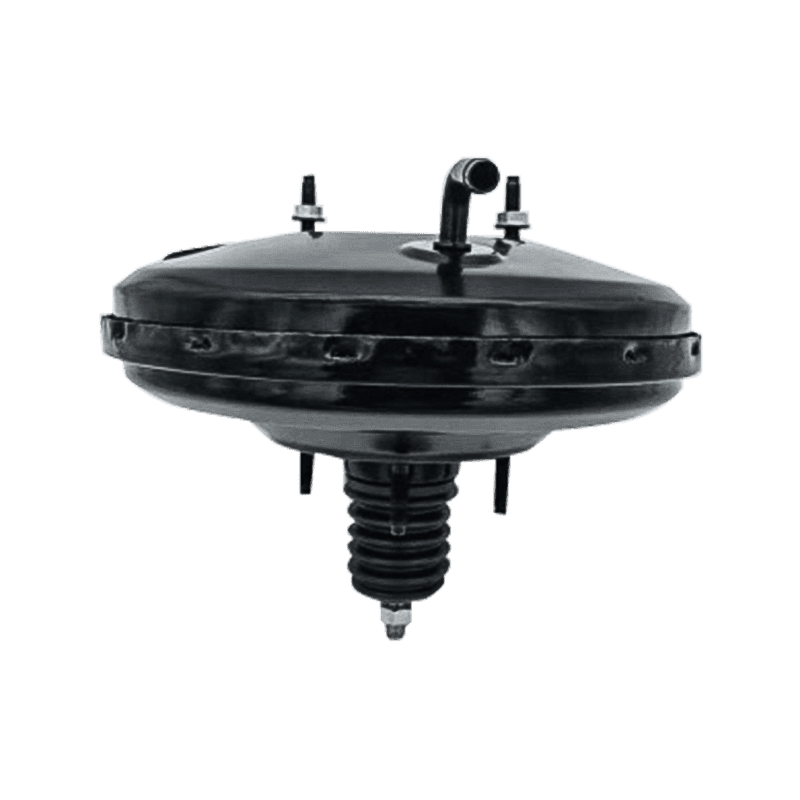 2025.08.08
2025.08.08
 Industry News
Industry News
A brake booster is a crucial component in modern vehicle braking systems, enhancing safety by reducing the effort needed to apply the brakes. Whether you’re a car enthusiast, a mechanic, or a regular driver, understanding how a brake booster works, its types, and maintenance tips can help you ensure optimal braking performance.
A brake booster amplifies the force applied to the brake pedal, making it easier for the driver to stop the vehicle. Without a booster, braking would require significantly more effort, especially in heavy or high-speed vehicles.
Most brake boosters operate using vacuum pressure from the engine. Here’s a simplified breakdown of the process:
Brake boosters come in different designs, each suited for specific vehicle requirements.
| Type | Description | Common Use Cases |
| Vacuum Brake Booster | Uses engine vacuum to assist braking. Most common in gasoline-powered vehicles. | Passenger cars, light trucks |
| Hydraulic Brake Booster | Relies on hydraulic pressure from the power steering pump. Often used in diesel engines or heavy-duty vehicles. | Trucks, SUVs, diesel engines |
| Electric Brake Booster | Uses an electric motor to generate braking force, independent of engine vacuum. Found in hybrid and electric vehicles. | EVs, hybrid cars, modern sedans |
Each type has its advantages and limitations:

A faulty brake booster can compromise braking efficiency. Watch for these symptoms:
If you suspect a problem, perform these simple checks:
Engine-Off Test
Vacuum Leak Test
Proper maintenance extends the booster’s lifespan and ensures reliable braking:
Most boosters last the vehicle’s lifetime, but wear or damage may necessitate replacement. Consider replacing if:
Costs vary based on vehicle type and labor:
| Component | Estimated Cost Range |
| Vacuum Booster | $150 – $400 |
| Hydraulic Booster | $300 – $600 |
| Electric Booster | $500 – $1,200 |
| Labor Costs | $100 – $300 |
The brake booster is an essential part of your vehicle’s safety system, ensuring smooth and efficient braking. Understanding its function, recognizing failure symptoms, and performing regular maintenance can prevent costly repairs and enhance driving safety. If you notice any signs of a failing booster, address the issue promptly to maintain optimal braking performance.